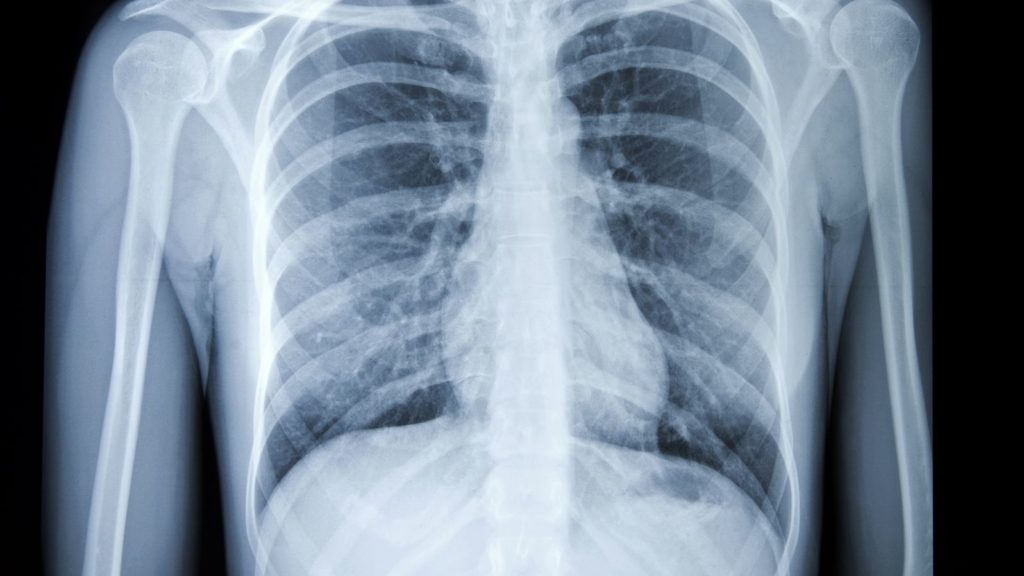Fractures, muscle tears, tendonitis, strains, sprains… Sports injuries are the haunt of millions of athletes, regardless of the sport practiced. And while some are unfortunately unavoidable, the risk that these injuries will occur and cause you to stop training in the medium or long term can be reduced.
How can sport’s injuries be prevented?
An injury is a sport’s injury because it occurs during the athlete’s sports practice. It can be articular (dislocation, fracture), osseous (fracture), or musculotendinous (sprain, rupture).
It can occur as a result of violent stress, direct trauma (for example, a basketball player who twists his ankle while landing on the ground after a shoot), or following a repetition of a micro-injury, a repetitive-chronic trauma, following an excessive workload, or incorrectly performed exercises (for example, a wrong posture during push-up exercise, leading to repetitive stress on the lower back).
What are the risk factors for sports injuries?
A risk factor is a parameter that will increase an athlete’s risk of injury.
The severity of a risk factor depends on its intensity; the greater the factor, the higher the risk (for example, an athlete adopting incorrect posture, close to the joint limits of moving limbs), and its frequency; the number of times the risk factor is present in training (for example, an athlete repeating incorrect posture intensively, such as a series of incorrectly performed push-ups with the head falling, due to a loss of tension).
It is important to prepare for the shock that sport represents for the athlete’s body, especially after the age of 30, when the body becomes fragile and weak, by training healthily and strengthening the weak points of the body, with a regular and well-programmed fitness training, in order to prevent any risk of injury as much as possible.
What is prophylaxis, and how can it be integrated into the sport and your fitness training?
Prophylaxis is the set of means implemented to prevent the appearance, expansion, or aggravation of certain diseases.
In sports, it is considered as a process implemented by the athlete and his fitness coach to prevent the appearance, spread, or aggravation of certain sports injuries.
It consists of the implementation of preventive exercises whose role is to decrease the injury rate by preparing the athlete’s body to support important constraints during fitness training. Those exercises will be specifically set up for the athlete’s needs.
This aspect of training is for every athlete, regardless of the intensity and regularity of his or her fitness practice; you don’t need to be a champion to want to prevent the appearance of injuries by training fitness in a healthy and sustainable way!
How to set up and include this type of exercise in your fitness training?
First, it is important to evaluate your personal characteristics and needs (strengths, weaknesses, previous injuries, etc…). This first step will allow you to develop a work plan that is as adapted as possible to your personal needs.
You will then have to study the characteristics of your sport, its main physical constraints, and the risks of injuries due to this practice (such as the runner’s knee, the boxer’s shoulder, etc.), and then target the priority exercises to be performed during your fitness training, in relation to the constraints of your sport.
For example, if you play soccer twice a week and play a match every Sunday, it will be interesting, among other things, to strengthen your knees with a fitness training program including, muscle strengthening, proprioceptive, and balance work, in order to avoid injury and having to stop playing soccer in the long term.
In conclusion, it is absolutely necessary to put in place a strategy during the programming of your fitness training together with your coach, to reduce the risk of injury during any sports practice in order to improve your performance and be able to continue to have a free injury life, being able to do whatever you want, training, performing, and having fun as long as possible!
Here is an example of a general preventive reinforcement circuit:
Those 8 fitness exercises are to do for 1 minute each, 2 to 3 sets, with 3-minute breaks between the sets.
1- Squat-adductors: Do slow squats, with an elastic on each thigh (tension of the elastic to the outside of the legs)
2- Hamstrings on Swiss ball: Bridge on the ball. In the upper position of the movement, raise slowly and alternately one leg up
3- One leg wall sit, back on Swiss ball: The fit ball located between your back and a wall, try to hold a wall sit position, on one leg (1 minute each leg)
4- High plank on TRX (or rings): Go to a high plank position, feet in the TRX or rings, and bring the knees close to your chest
5- Hollow hold: Maintain a follow hold position, make sure your lower back is in contact with the floor
6- Dead bug: Start with the knees above the hips, feet in the air align with the knees, lower back in contact with the floor, arms extended above the shoulder. Extend the leg and the hand alternately.
7- Sliding plank: Start on the High plank, the hands-on a sliding object (a towel for example). Flex the arms, keeping the elbow close to the body, and extend the other one along with the head, come back to the starting position (using the knees if you need to).
8- Kneeling bench press: Kneeling on an unstable surface, do slow bench presses, using a stick-type object.
If you have any questions or want to start planning your own personal fitness training program, feel free to get in touch with me, I’m looking forward to hearing from you!
Reference: « La prophylaxie en sport de haut niveau »: expériences de terrain » — Librairie INSEP d’Anne-Laure Morigny et Christophe Keller


